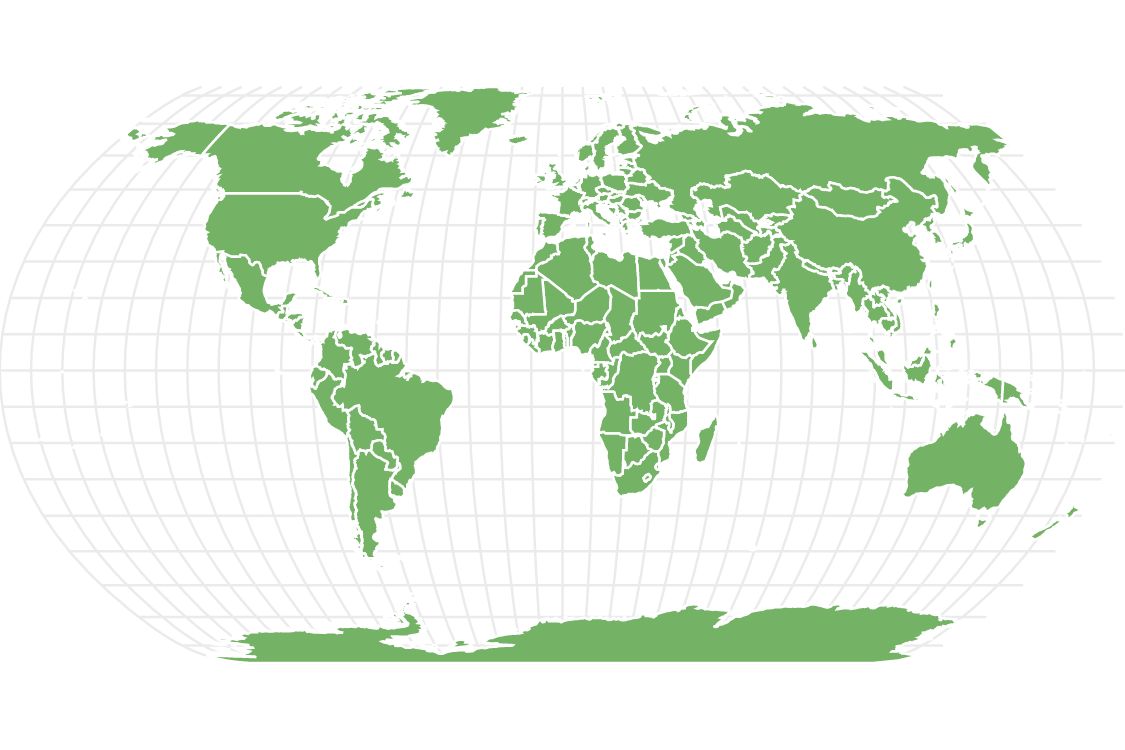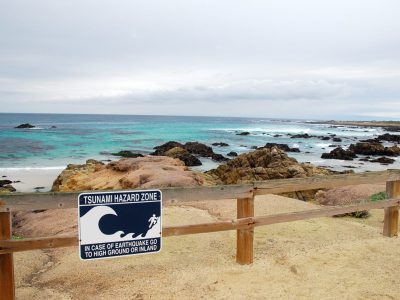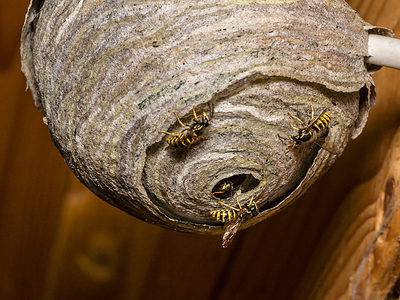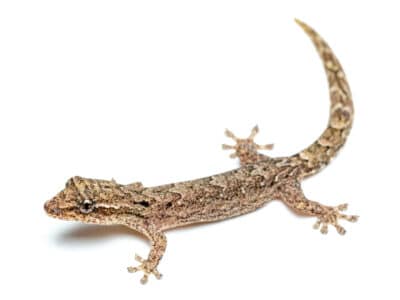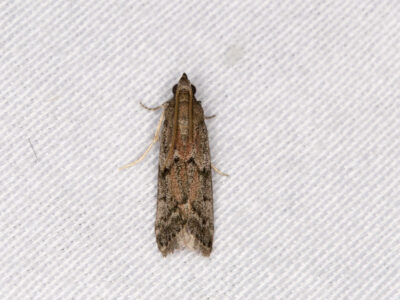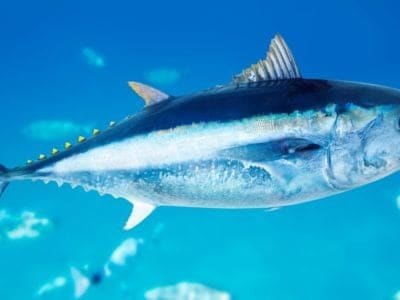Liopleurodon
One of the largest pliosaurs to ever live
Advertisement
Liopleurodon Scientific Classification
Read our Complete Guide to Classification of Animals.
Liopleurodon Conservation Status
Liopleurodon Facts
- Prey
- Reptiles, fish, squid
- Fun Fact
- One of the largest pliosaurs to ever live
- Biggest Threat
- Mosasaurs
- Most Distinctive Feature
- Long, flat head
- Distinctive Feature
- Four, paddle-like flippers
- Habitat
- Marine waters
Liopleurodon Physical Characteristics
- Skin Type
- Scales
- Weight
- Up to 6,600 pounds
- Length
- Up to 33 feet
- Aggression
- High
View all of the Liopleurodon images!
The name Liopleurodon applies to a genus of giant carnivorous reptiles that ruled the ancient seas that once covered modern-day Europe. It belongs to the clade Thalassophonea, a group of short-necked plesiosaurs that enjoyed a nearly worldwide distribution. Liopleurodons lived between the Middle Jurassic and Late Jurassic Periods approximately 166 to 155 million years ago. At that time, they dominated the waters in which they lived, feeding on fish, invertebrates, and other aquatic reptiles.
Description and Size
Like any ancient animal, it’s impossible to know for sure what the Liopleurodon looked like. Paleontologists can only make educated guesses as to their appearance based on incomplete fossil records. In the case of Liopleurodon, most recovered fossils lack postcranial features. This means that paleontologists have to make assumptions about the appearance of the Liopleurodon based primarily on the analysis of teeth or skull fragments.
Paleontologists use a set ratio to estimate a specimen’s size based on skull fragments. Most paleontologists use a ratio of 5:1 or 7:1 for Liopleurodon. This means that the skull of the Liopleurodon measures around one-fifth or one-seventh of the total body size. With a maximum recorded skull size of around 5 feet, this means Liopleurodon could grow up to 33 feet. However, a more likely estimate puts them in the range of 16 to 23 feet long. Given this size, most Liopleurodon likely weighed between 2,200 and 3,700 pounds. However, at maximum size, they could weigh up to 6,600 pounds.
Liopleurodon possessed short necks typical of other plesiosaurs in the clade Thalassophonea. They featured long, flat heads that measure wider at the base and narrow near the snout. Their mouths contained rows of smooth teeth measuring 2 to 3 inches long. For propulsion, Liopleurodon relied on their 4 paddle-like flippers.
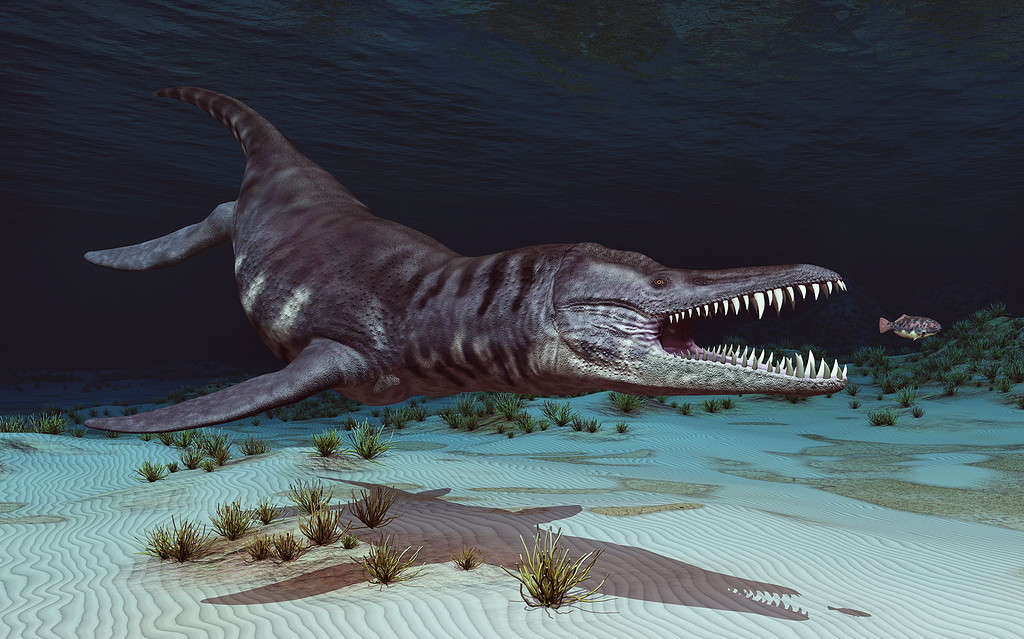
The prehistoric marine reptile
Liopleurodonhad a long, flat head that was wider at the base and narrow near the snout.
©iStock.com/MR1805
Evolution and History
Liopleurodon belong to the clade Thalassophonea. This clade of short-necked marine reptiles is a member of the family Pliosauridae in the order Pliosauria. The first plesiosaurs emerged during the late Triassic Period, around 203 million years ago. That said, they dominated during the Jurassic Period.
Plesiosaurs likely evolved from turtles and archelosaurians that returned to the sea. They adapted to a marine lifestyle, developing flippers for propulsion and stiff vertebrae. Around the Jurassic Period, plesiosaurs started to diverge into long-necked and short-necked varieties. This period witnessed the emergence of Liopleurodon, one of the largest plesiosaurs of their time.
Diet – What Did Liopleurodon Eat?
The exact dietary preferences of Liopleurodon remain unknown. One young adult specimen examined by paleontologists had the remains of fish, cephalopods, and reptiles in its stomach. Although Liopleurodon could not swim very quickly, they excelled at acceleration likely using ambush tactics. They relied on their sense of smell to detect prey and then stalked their prey or hid until they found the right opportunity to strike.
Habitat – When and Where it Lived
Liopleurodon emerge in the fossil records between 166 and 155 million years ago. The latter part of this period covers the Callovian Stage of the Middle Jurassic Period. Meanwhile, the more recent part belongs to the Kimmeridgian Stage of the Late Jurassic Period.
Liopleurodon lived in the ancient seas that used to cover modern-day Europe. Over the years, scientists have recovered their fossils from numerous sites around Europe. These include sites in France, Germany, and England. That said, their range likely extended ever further beyond these known sites.
Threats and Predators
Liopleurodon were the apex predators in the ancient seas of Europe. Due to their size, they likely had few to no natural predators, although larger plesiosaurs likely preyed on smaller or juvenile specimens. Liopleurodon reigned supreme until the larger and more powerful mosasaurs arrived at the start of the Cretaceous Period.
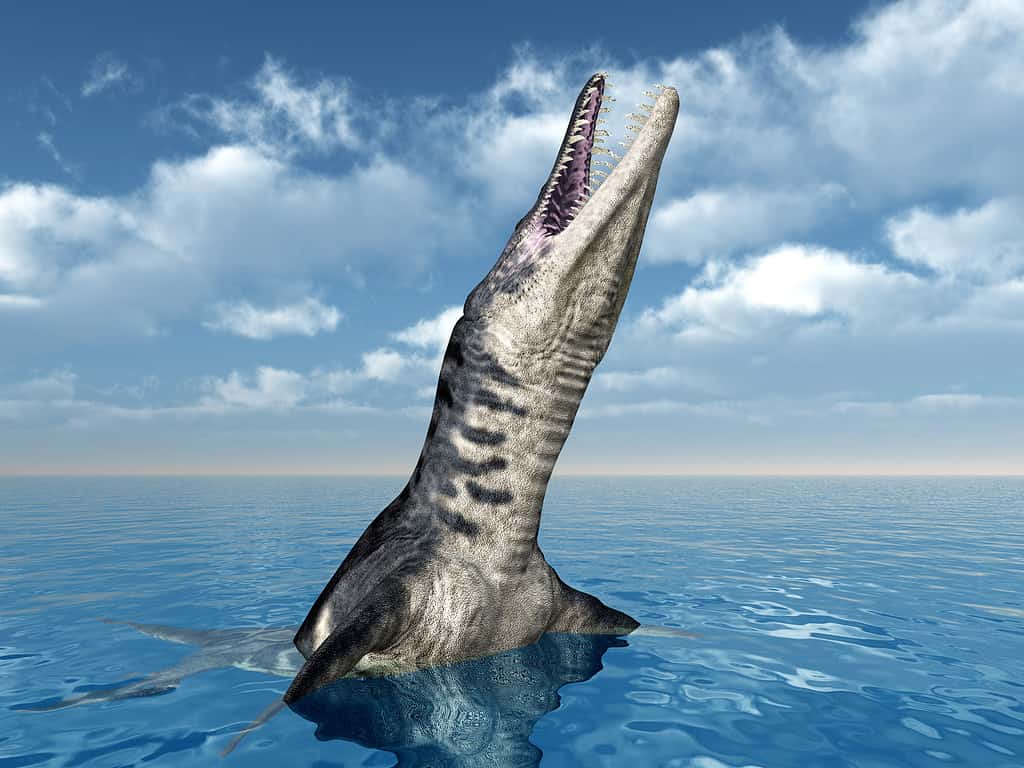
lived in the ancient seas that used to cover modern-day Europe.
©iStock.com/MR1805
Discoveries and Fossils – Where It was Found
The first Liopleurodon fossils were discovered in 1841 at an Oxfordian-dated deposit in Wurttemberg, Germany. At that time, the German paleontologist, Hermann von Meyer, named the species Thaumatosaurus oolithicus. He chose this name based on his review of fragments of a specimen, including parts of ribs, vertebrae, sections of skull, and teeth.
A few years earlier, von Meyer also examined a large tooth recovered from another Oxfordian-aged site in Fricktal, Switzerland. Additional analysis in 1960 supported the theory that the tooth belonged to a Liopleurodon.
In 1952, German paleontologist, Johann Andreas Wagner, described another plesiosaur tooth found in Bavaria, Germany. Wagner assigned the tooth to a species he named Pliosaurus giaganteus. However, this name already applied to a specimen described by English paleontologist William Conybeare in 1824 and so was considered invalid.
French paleontologist, Henri Emile Sauvage, coined the term Liopleurodon in 1873. Sauvage named three species in the Liopleurodon genus based on a single tooth fragment for each proposed species. Each tooth came from a different site in France and shared similar characteristics. The term “Liopleurodon” stems from the Ancient Greek words λεῖος (leios), meaning “smooth,” πλευρά (pleura), meaning “side” or “rib”; and ὀδόν (odṓn), meaning “tooth.” Sauvage chose this name based on the characteristic smooth appearance of the three teeth that he examined.
Extinction – When Did It Die Out?
Although Liopleurodon ruled the seas for millions of years, they could not stop the march of progress. The arrival of a new group of marine predators known as mosasaurs signaled the beginning of the end for Liopleurodon. These carnivorous reptiles outcompeted the smaller Liopleurodon thanks to their more powerful jaws and larger size. As a result, Liopleurodon completely disappeared by the start of the Cretaceous Period around 150 million years ago.
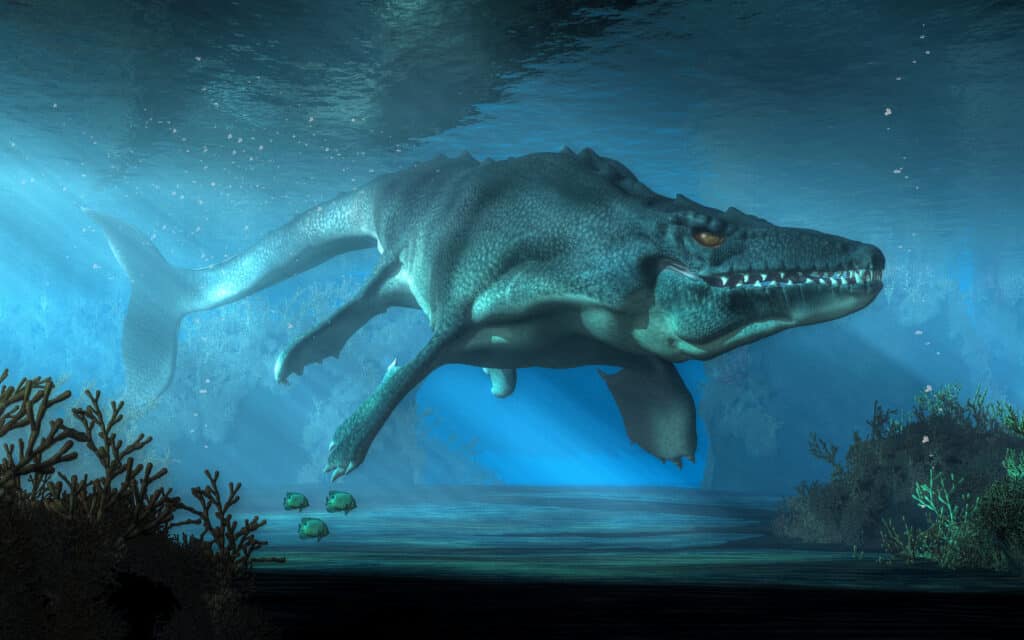
Mosasaurs outcompeted the smaller
Liopleurodonthanks to their more powerful jaws and larger size, leading to their extinction.
©Daniel Eskridge/Shutterstock.com
Similar Animals to Liopleurodon
- Pliosaurus is an extinct genus of marine reptiles that lived between 155 and 147 million years ago. They lived in Europe and South America, with some larger species measuring up to 33 feet long and weighing upwards of 24,000 pounds.
- Simolestes lived during the Middle and Late Jurassic from 171 to 145 million years ago. They appeared similar to Liopleurodon in terms of size and head shape and also lived in the seas of Europe.
- Megacephalosaurus lived 94 to 93 million years ago in the Western Interior Seaway of North America. These short-necked reptiles ranked among the last known pliosaurs.
Liopleurodon FAQs (Frequently Asked Questions)
When did Liopleurodon live?
Liopleurodon thrived from the Middle Jurassic to the Late Jurassic Period. Specifically, they lived from the Callovian stage to the Kimmeridgian Stage, a period of time that spanned roughly 11 million years from 166 to 155 million years ago.
How big was Liopleurodon?
Contrary to some earlier assumptions, Liopleurodon measured between 16 and 23 feet long. They likely weighed from 2,200 to 3,700 pounds in terms of body mass.
Thank you for reading! Have some feedback for us? Contact the AZ Animals editorial team.
Sources
- Benson RB, Evans M, Smith AS, Sassoon J, Moore-Faye S, Ketchum HF, Forrest R. A giant pliosaurid skull from the late Jurassic of England. PLoS One. 2013 May 31;8(5):e65989. doi: 10.1371/journal.pone.0065989. PMID: 23741520; PMCID: PMC3669260., Available here: https://www.ncbi.nlm.nih.gov/pmc/articles/PMC3669260/
- The Plesiosaur Site, Available here: https://web.archive.org/web/20110715093428/http://www.plesiosaur.com/plesiosaurs/liopleurodon.php
- Wikipedia, Available here: https://en.wikipedia.org/wiki/Liopleurodon

